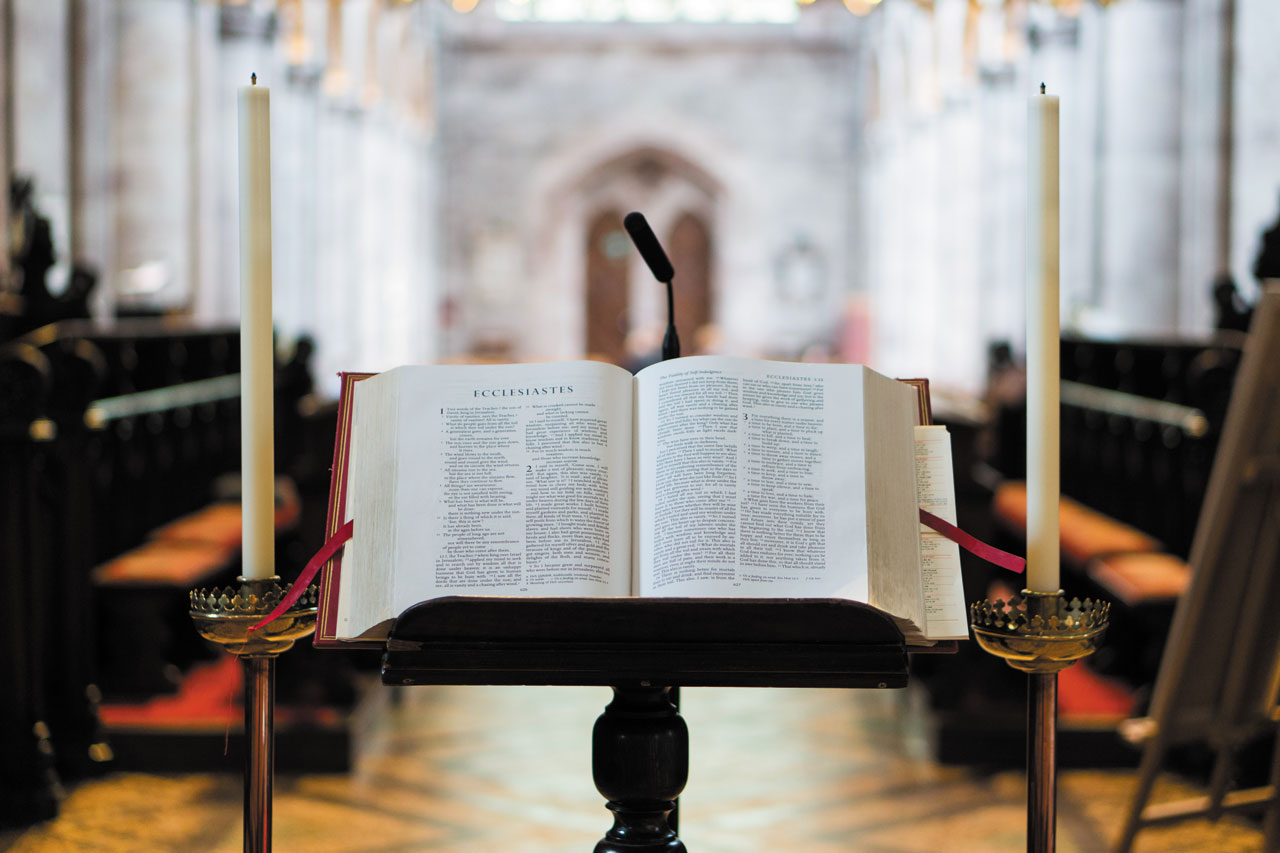Following the First Vatican Council in 1870 (at which the hierarchy of the Church of Holland were refused admittance), a considerable dissent among Catholics, especially in Germany, Austria and Switzerland, arose over the dogma of papal infallibility. The dissenters, while holding the Church in General Council to be infallible, could not accept the proposition that the Pope, acting alone, in matters of faith and morals is infallible. Many formed independent communities that came to be known as Old Catholic. They are called Old Catholics because they sought to adhere to the beliefs and practices of the Catholic Church of the post-Apostolic era. The Old Catholic communities appealed to the Archbishop of Utrecht who consecrated the first bishops for these communities. Eventually, under the leadership of the Church of Holland, these Old Catholic communities joined together to form the Utrecht Union of Churches. The Utrecht Union of Churches approbated, in 1908, the establishment of a mission in Great Britain. Archbishop Gerardus Gul of Utrecht consecrated Father Arnold Harris Matthew, a resigned Roman Catholic priest, Regionary Bishop for England. It was Bishop Mathew’s charge to minister among Anglo-Catholics and Roman Catholics impeded from full participation in the life and sacraments of the Church. Toward this end, Bishop Mathew consecrated Austrian nobleman, Prince Rudolph Edward de Landes Berghes, in 1913 for work in Scotland. Prince Rudolph (1873-1920) left England for the United States at the onset of World War I.
In the United States Bishop de Landes Berghes, in spite of great difficulty and isolation from the Utrecht Union of Churches, due to Bishop Mathew’s hasty action in withdrawing from the Union, was able to plant the roots of an independent expression of Catholicism in America. He elevated to the episcopacy two priests, Carmel Henry Carfora and William Francis Brothers. Each of these bishops, in his own manner, continued the mission begun by Bishop de Landes Berghes. With the passing of these original organizers from the ecclesiastical scene, the Old Catholic Church in the United States has evolved from a fairly centralized administration with structured oversight of ministry to a local and regional model of administration with self-governing dioceses and provinces more closely following St. Ignatius of Antioch’s concepts of the Church as a communion of communities each laboring together to proclaim the message of the Gospel.
Recent Developments at the suggestion of the Archbishop of Utrecht, the Old Catholic bishops in the United States established the Council of Independent Catholic Bishops as a means to more closely coordinate ministry and serve as a forum for better communication and exchange of ideas and planning. Since its founding in 1982, the Council has achieved some success in bringing a greater sense of unity and purpose and action to the Old Catholic hierarchy in the United States.


